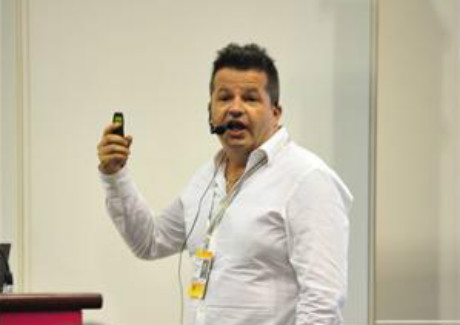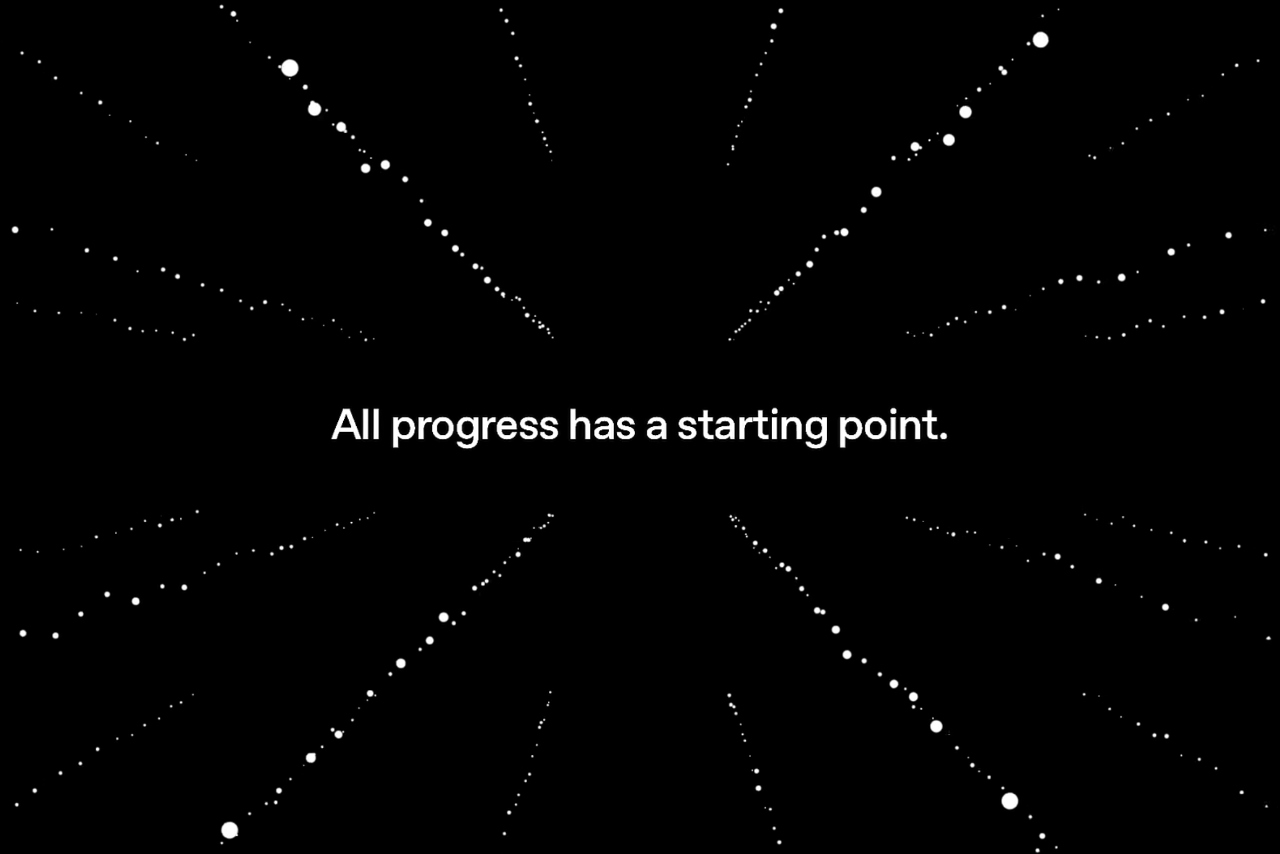In his forum presentation on “The Mobile Love Affair: How Mobile is shaping the future of shopping” at Spikes Asia 2012, Hearn said that connectedness means simply that mobile users demand more information that is relevant to them.
"Mobile will be the epicentre of a new age of creative innovation, where the challenge will be to create relevance, not just to force cut-through,” he said. “People expect apps to do this job, but it goes way beyond apps. It is about the shift to utility.”
An example, he pointed out, is iHealth Singapore's launch of live feeds in medical clinics, which allow patients to check the length of the queue from wherever they are.
Hearn said that the most connected population in history will be consuming more content via mobile than any other device by the end of 2014.
For example, according to data from eMarketer, Asia will have 2 billion mobile users and 1 billion mobile internet users by 2015. Gartner Research has predicted a 500 per cent increase in global mobile adspend in the next four years, reaching US$50 billion by 2015 from US$3.3 billion last year.
On the retail front, the industry is saturated and is looking to expand in digital in some markets such as Korea and Japan, while mobile has helped in making smarter shoppers.
“Mobile is used more in pre-store shopping such as research, planning and value-seeking, than in-store,” Hearn said.
He noted that mobile is used in functional ways within retail, according to a survey by Microsoft Advertising. In Japan, 40 per cent of the people use mobile technology to check with family on what they need to buy whilst shopping; while 34 per cent of the respondents compare prices when they shop.
Meanwhile, more than half (57 per cent) of Koreans said they compare prices via mobile while they shop, and 51 per cent check email/texts.
In Southeast Asia, mobile is used less for grocery shopping, compared with fashion shopping and technology shopping. Some 20 per cent of smartphone users use mobile for technology shopping; 24 per cent for fashion shopping and 21 per cent on grocery shopping.




